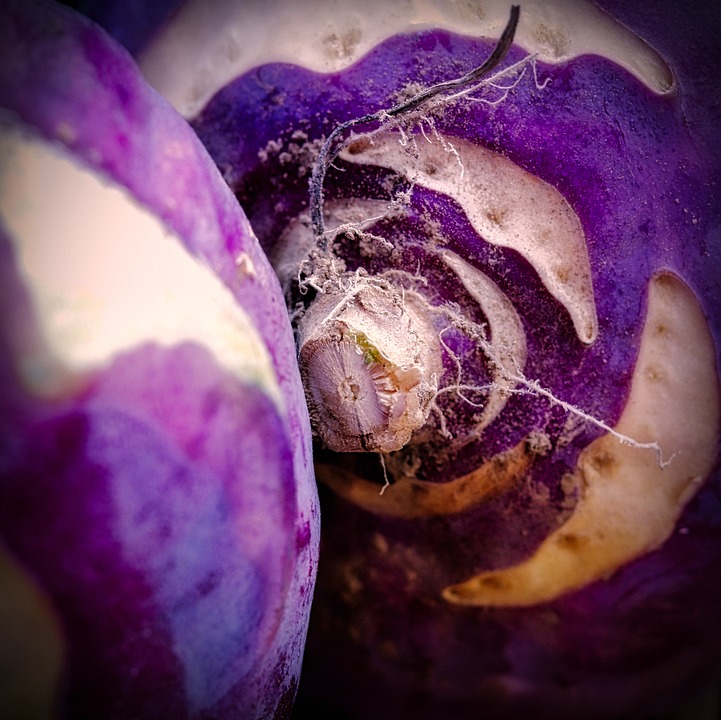Introduction
Growing your own fruits, vegetables, and herbs has become a popular trend among individuals looking to embrace a sustainable and healthy lifestyle. Edible gardens not only provide the satisfaction of producing your own food, but they also offer numerous environmental benefits.
By utilizing your own backyard to cultivate an edible oasis, you can enjoy the freshest produce while minimizing your impact on the planet. This article will guide you through the process of creating and maintaining an edible garden that will reward you with an abundance of flavorful, homegrown goodness.
The Joy of Edible Gardens
Growing your own fruits, vegetables, and herbs has become a popular trend among individuals looking to embrace a sustainable and healthy lifestyle. Edible gardens not only provide the satisfaction of producing your own food, but they also offer numerous environmental benefits.
By utilizing your own backyard to cultivate an edible oasis, you can enjoy the freshest produce while minimizing your impact on the planet. This article will guide you through the process of creating and maintaining an edible garden that will reward you with an abundance of flavorful, homegrown goodness.
Choosing the Right Location
The first step in establishing an edible garden is selecting the perfect location. Look for an area in your backyard that receives at least six to eight hours of direct sunlight. This ensures that your plants receive sufficient light to thrive.
Additionally, consider factors such as soil quality, water availability, and proximity to a water source for ease of irrigation. A flat or slightly sloping area is ideal to prevent waterlogging and aid in proper drainage.
Preparing the Soil
Before planting, it is crucial to prepare the soil to create an optimal growing environment for your plants. Start by clearing the area of any existing vegetation, rocks, or debris. Loosen the soil using a spade or fork, breaking up any compacted areas.
Incorporate organic matter, such as compost or well-rotted manure, to improve soil structure, fertility, and drainage. A soil test can also be conducted to determine the pH level and nutrient content, allowing you to adjust accordingly.
Choosing the Right Plants
Selecting the right plants for your edible garden is essential for a successful harvest. Consider the climate and growing conditions in your area to ensure you choose plants that are well-suited for your region.
Opt for a variety of fruits, vegetables, and herbs to enjoy a diverse and flavorful harvest throughout the year. Some popular choices include tomatoes, peppers, lettuce, strawberries, basil, and mint. Additionally, explore heirloom or unusual varieties to add excitement and uniqueness to your garden.
Planting and Caring for Your Garden
Once you have finalized your plant selection, it’s time to get your hands dirty! Follow the specific plant spacing and depth recommendations provided for each crop. Ensure proper watering by using a soaker hose or drip irrigation system to deliver water directly to the root zone.
Regularly monitor your plants for signs of pests or diseases. Implement organic pest control methods, such as companion planting or using non-toxic sprays, to protect your garden without harming beneficial insects or the environment. Regularly remove weeds to prevent competition for nutrients and water.
Harvesting and Enjoying the Fruits of Your Labor
As your plants mature, they will begin to bear delicious fruits, vegetables, and herbs. Harvesting at the right time ensures the best flavor and quality. Most fruits and vegetables are ready for picking when they are fully colored and firm.
Herbs can be harvested at any time, but the flavor is often most potent just before the plant flowers. Enjoy the fruits of your labor in a plethora of culinary creations, from fresh salads and hearty soups to vibrant smoothies and aromatic herbal teas.
FAQs
Can I start an edible garden if I don’t have a large backyard?
Absolutely! Even if you have limited space, you can still grow an edible garden. Consider utilizing containers, hanging baskets, or vertical gardening techniques to maximize your growing area. Many fruits, vegetables, and herbs can be successfully grown in pots or small spaces.
How often should I water my edible garden?
The frequency of watering depends on various factors such as weather conditions, soil type, and plant needs. As a general guideline, aim to keep the soil consistently moist but not waterlogged. Regularly monitor the moisture level by checking the soil with your finger. Water deeply and less frequently to encourage healthy root development.
How can I control pests in my edible garden without using harmful chemicals?
There are several eco-friendly approaches to pest control. Encourage beneficial insects, such as ladybugs or lacewings, by planting flowers that attract them. Introduce companion plants that naturally repel pests, such as marigolds, garlic, or nasturtiums. Use physical barriers like nets or covers to protect your crops. In severe cases, consider organic insecticidal soaps or neem oil as a last resort.




